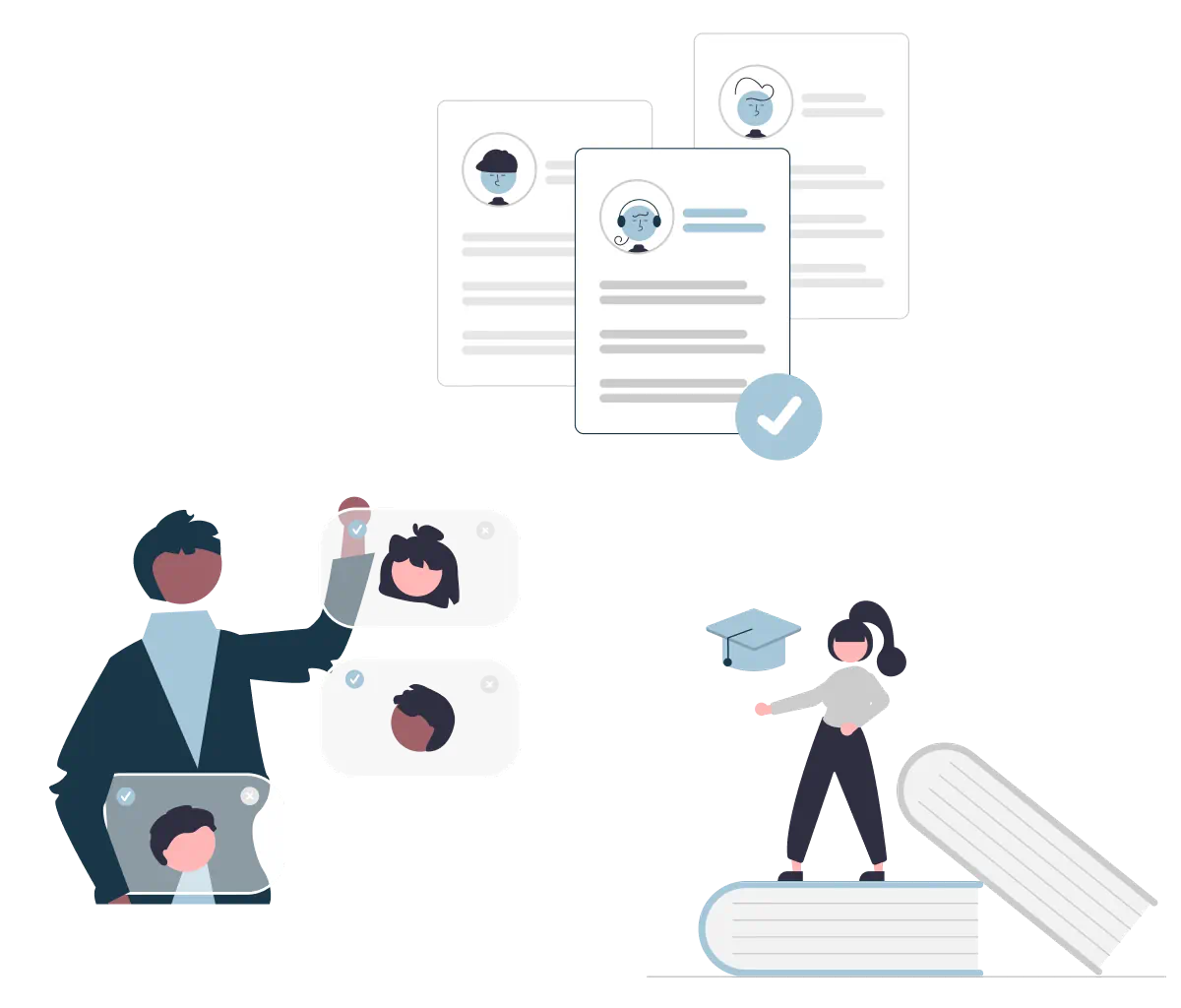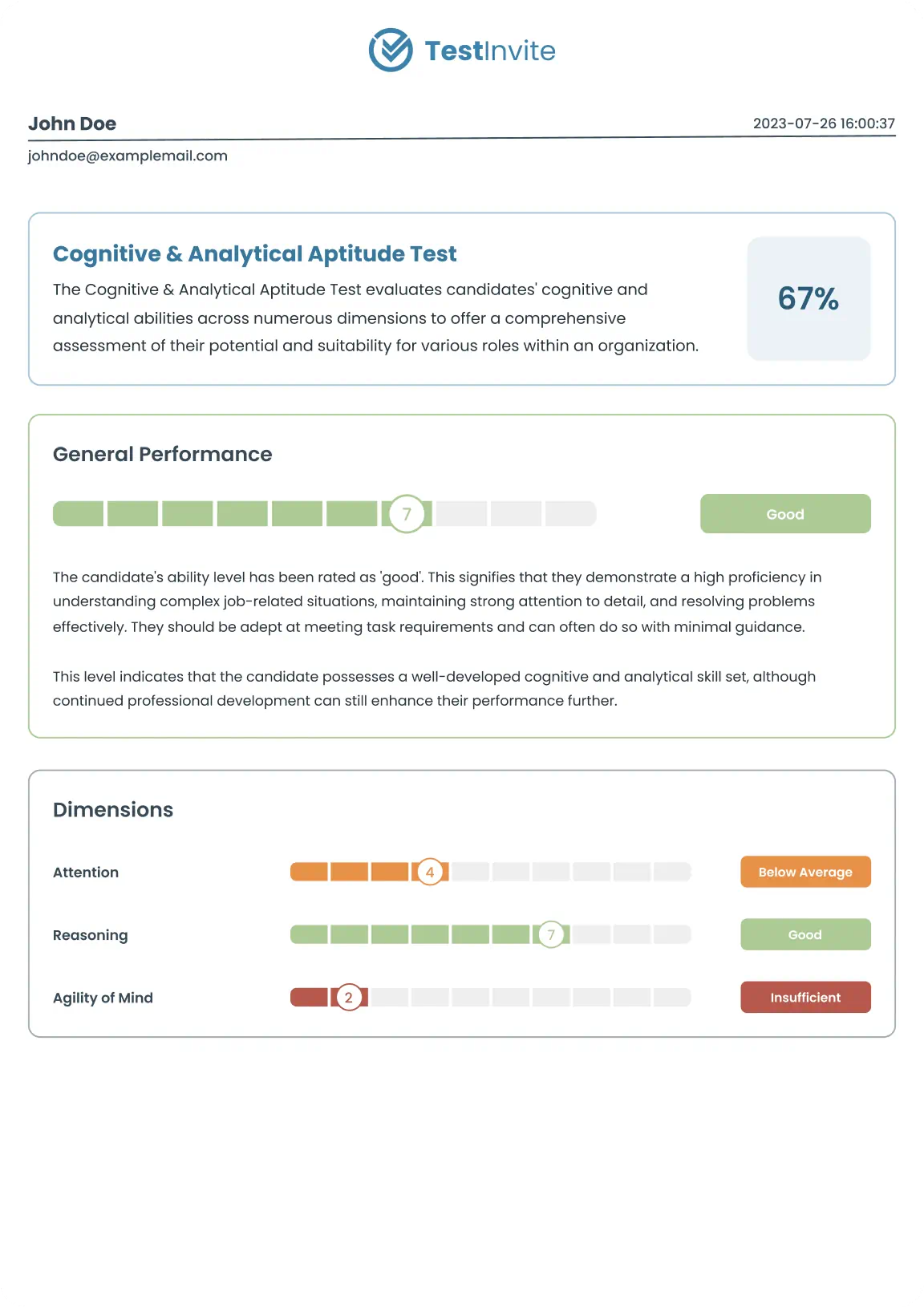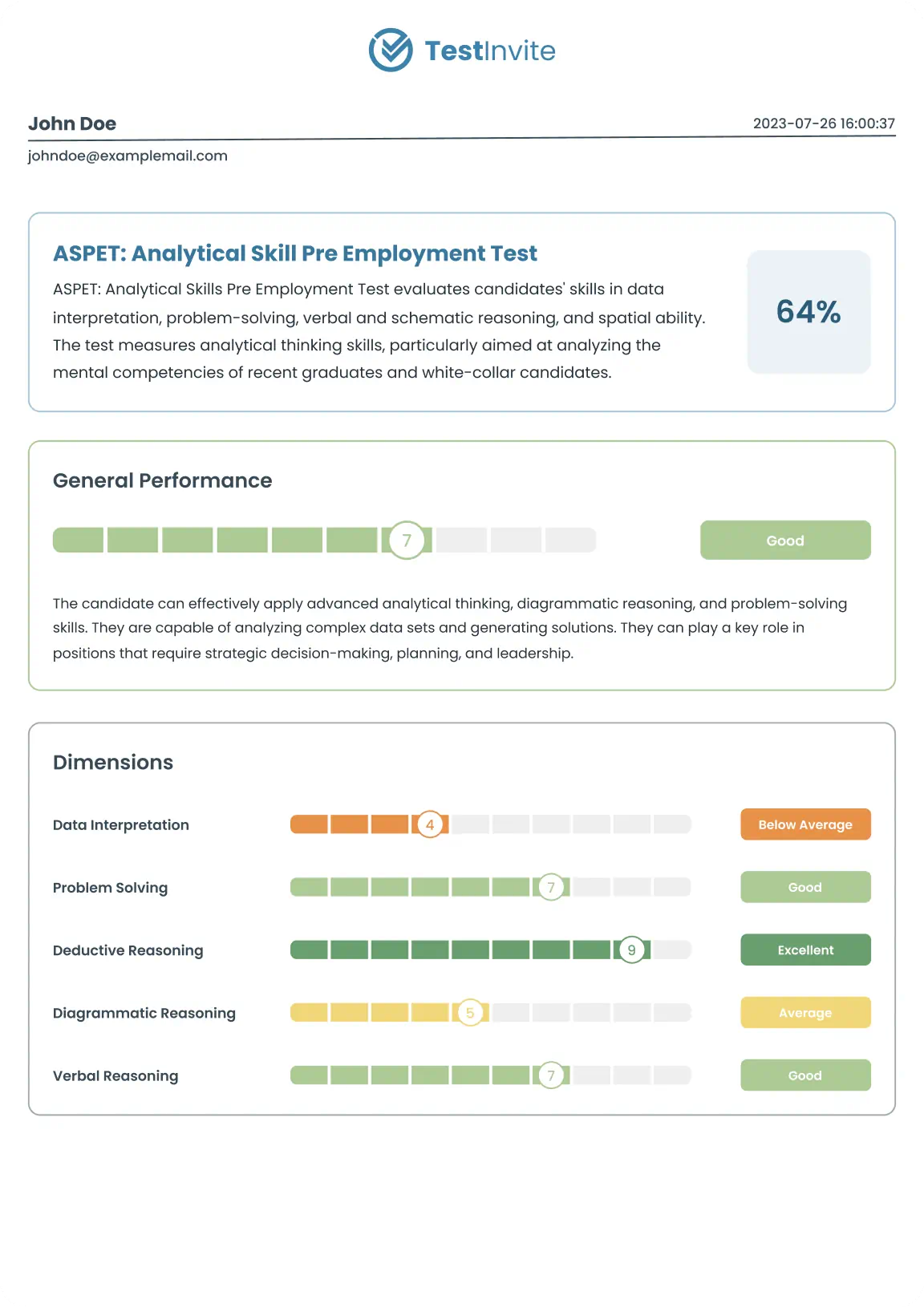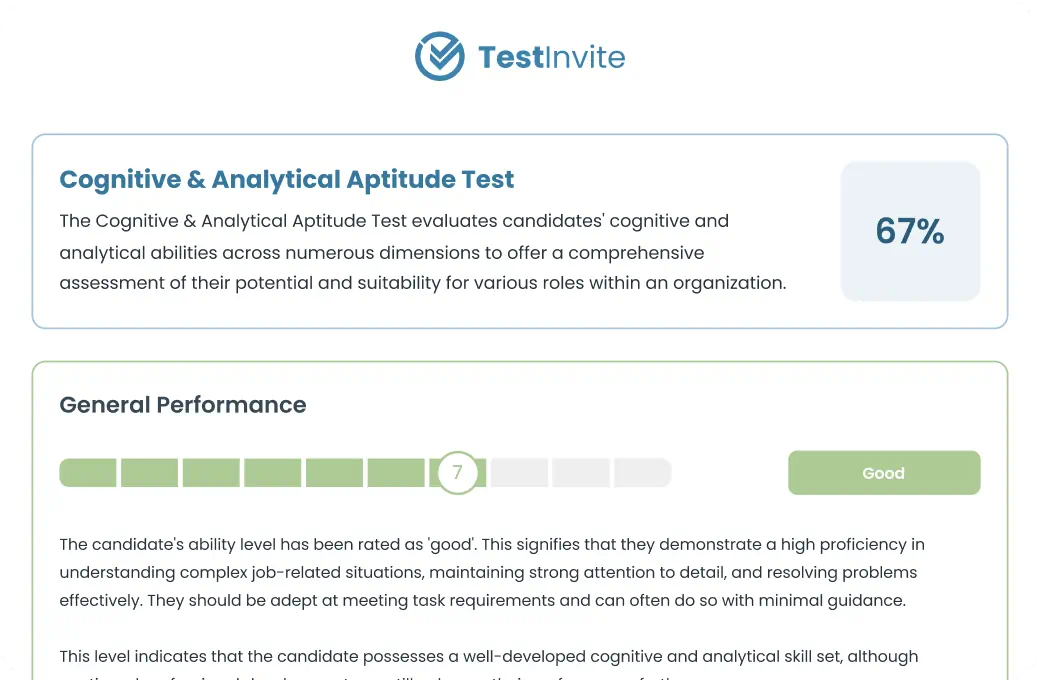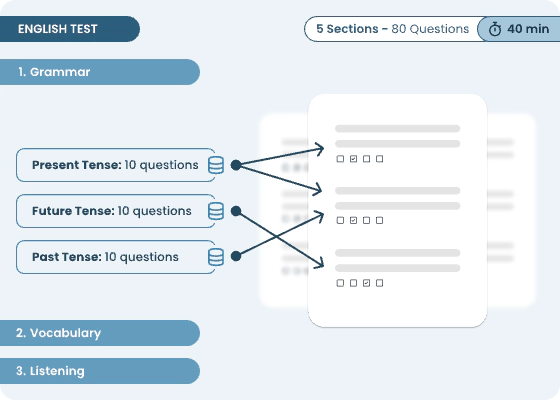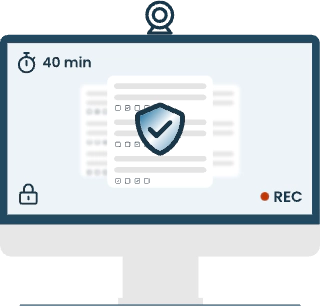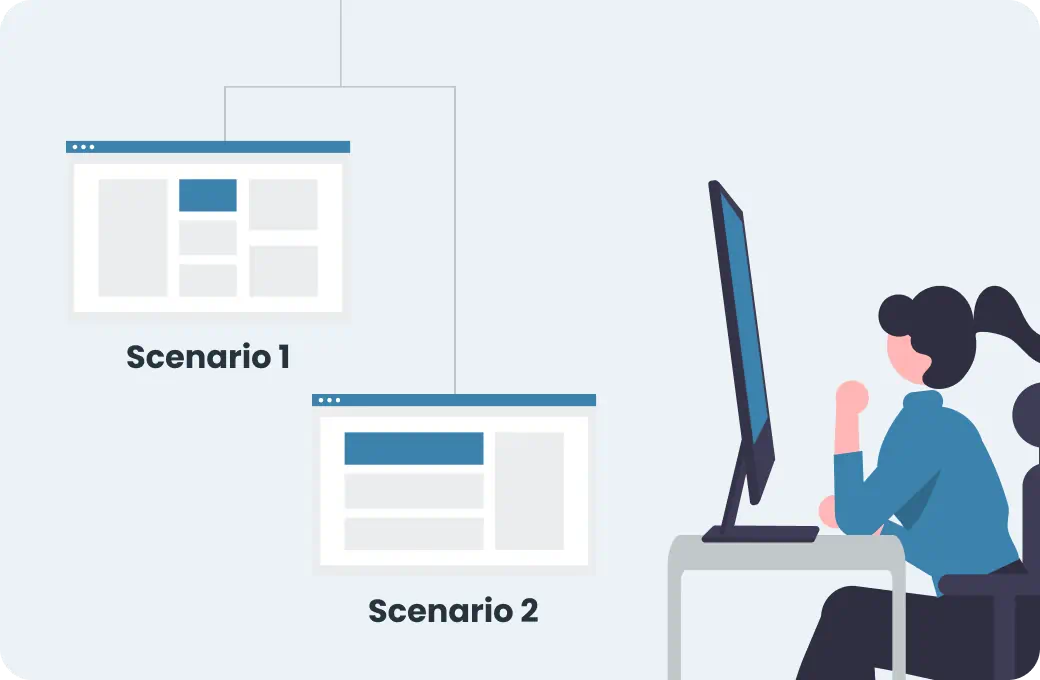Cognitive Analytical Aptitude Test
Designed to evaluate a candidate's cognitive and analytical abilities across multiple dimensions.
Total number of questions:
23 multiple-choice questions
Duration:
30 minutes
Level:
General
Assessed skills:
Logical reasoning
Problem-solving
Critical thinking
Data interpretation
Top performers on the Cognitive & Analytical Aptitude Test often show strong problem-solving, independent thinking, and teamwork skills that align with organizational goals.
